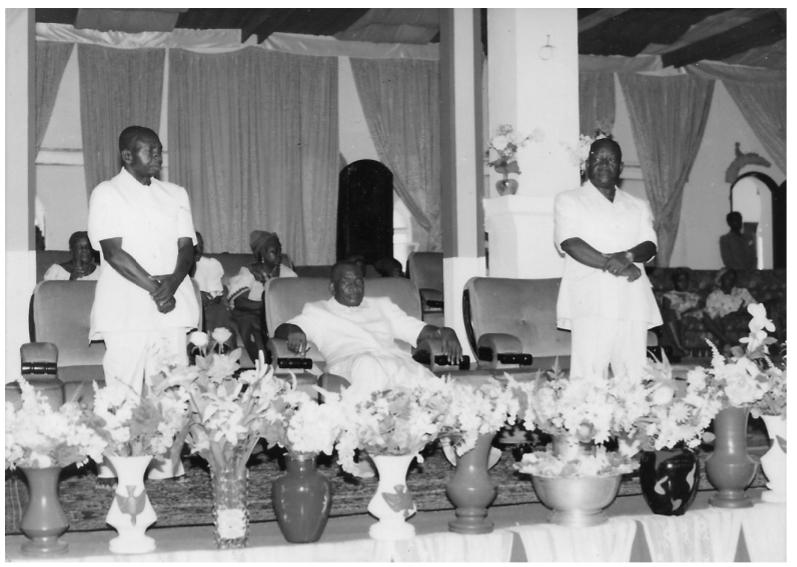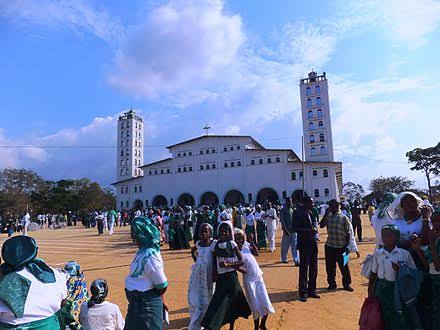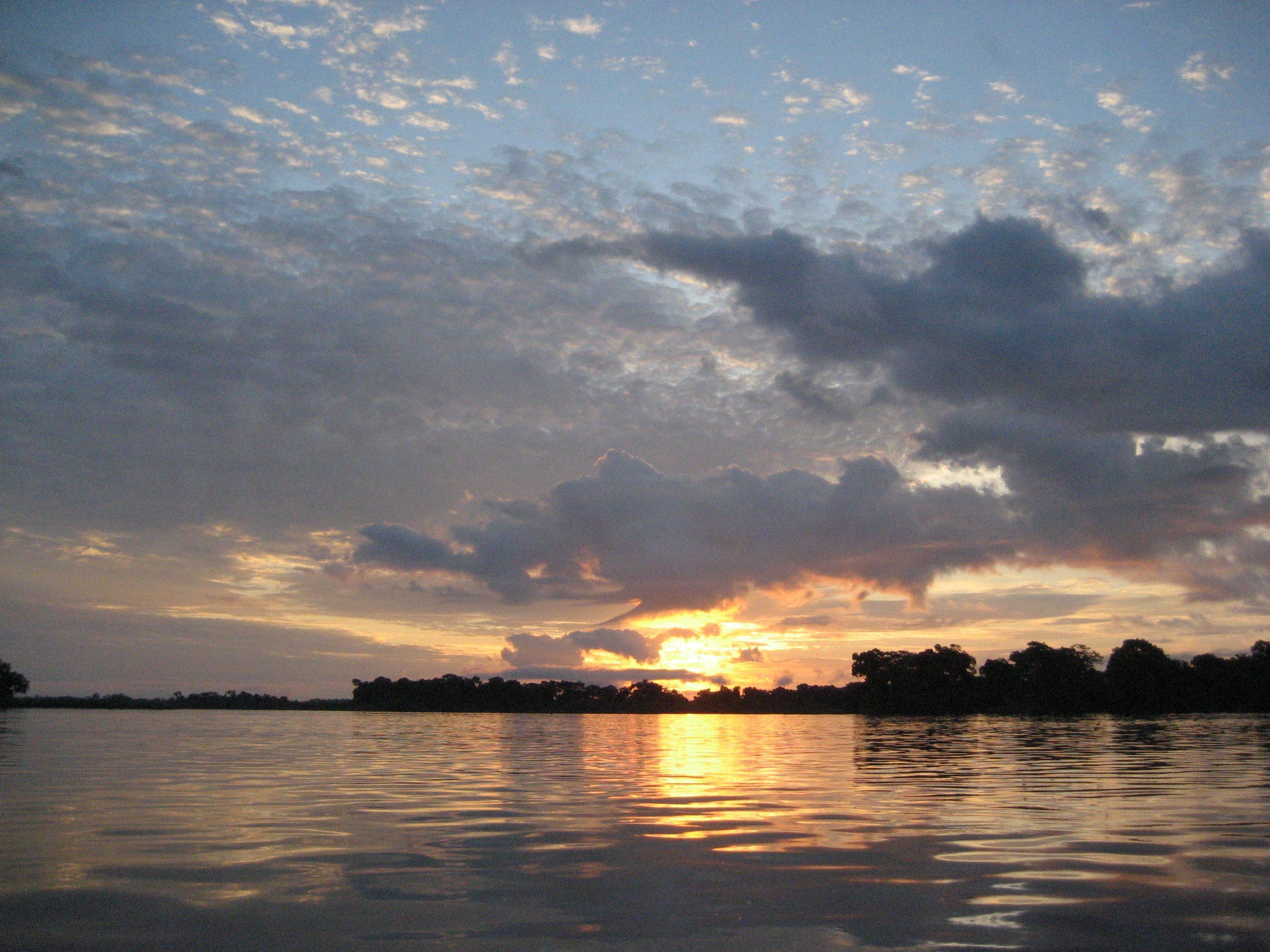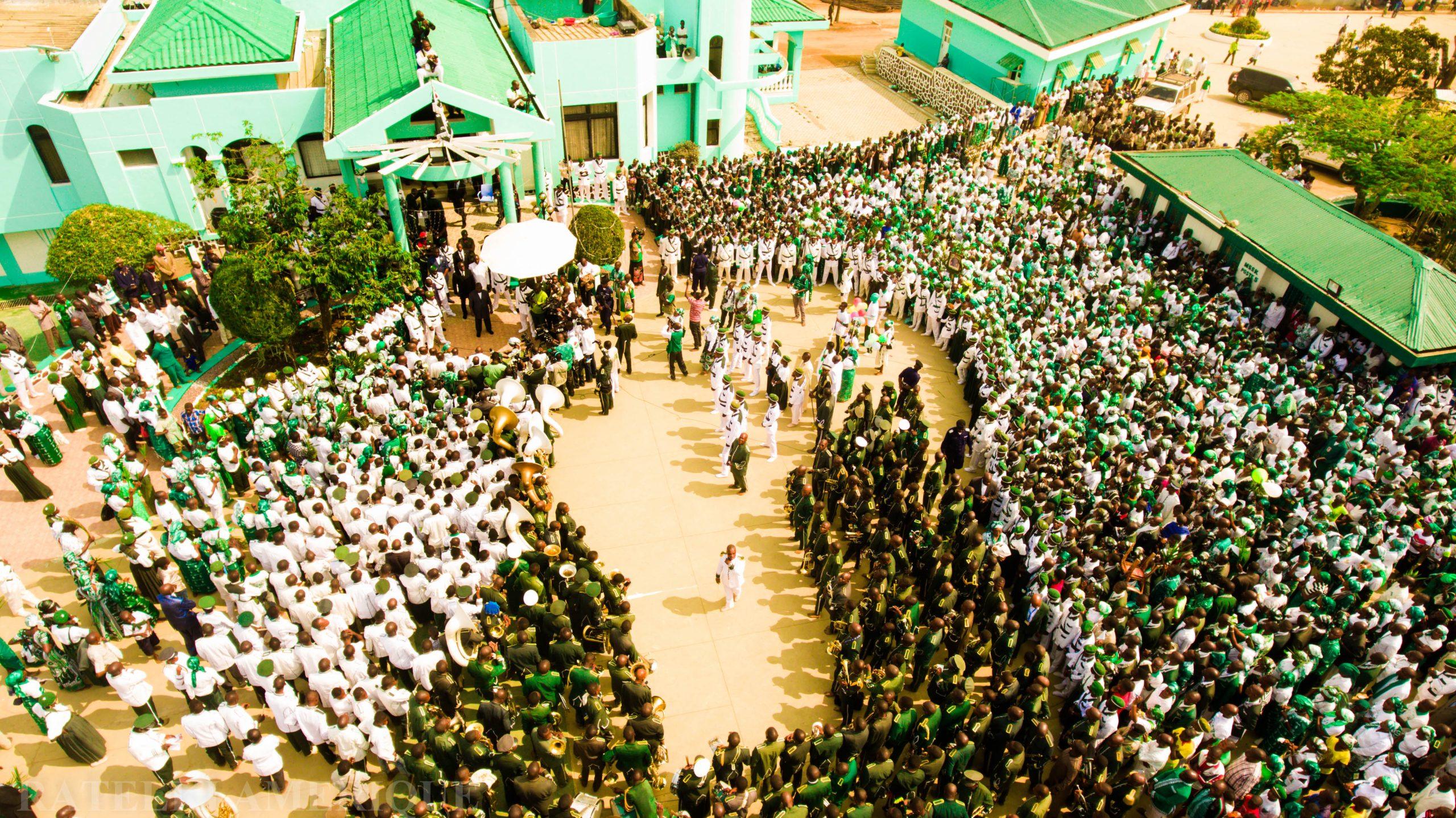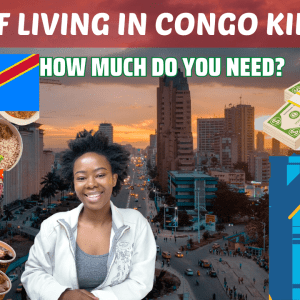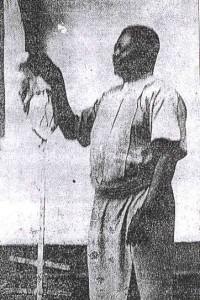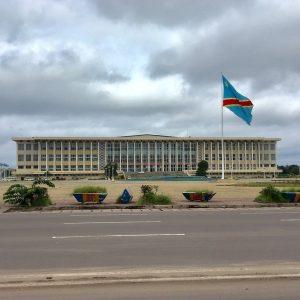The prophet Simon Kimbangu is one of the greatest African figures and Congolese nationalism, a religious leader and founder of the Kimbangu movement. His spiritual life was transformed into a political change, because of his miracles of healing the sick and raising the dead, but much more because of his prophecy and his protest against Belgian colonial oppression. Let’s find out his life as a prophet, his movement, and his impact without forgetting his famous prophecy.
Who was the Congolese prophet Simon?
-
The youth of the prophet Simon Kimbangu
The prophet Simon Kimbangu was born to a Protestant family on 12 September 1887 in Nkamba (considered to be the new Jerusalem, or the Holy Spirit living in Africa) a locality of Mbanza ngunugu in present-day Central Kongo province in the Democratic Republic of Congo, and died on 12 September 1921 in Elisabethville, now Lubumbashi (DRC).
His father Kuyela and his mother Luezi died just when the man who should be called a prophet was still a child. He was brought up by his aunt, Kinzembo, who was one of the first people to tell about Kimbangu’s youth. His name means “the one who reveals the hidden meaning of things” in Kikongo and he was the first black person to be baptized at the Baptist Mission Society.
He was educated at the Baptist mission society in Ngombe Lutete directed by Cameron Nzangamene, where he later became a catechist in 1918, after being baptized on 4 July 1915 in the Tombe River with his wife Marie Muilu with whom he had three children Charles Kisolokele (1914), Paule Salomon Dialungana (1916) and Joseph Diangenda (1918).
-
The first vision of the prophet Simon Kimbangu
In 1918 he heard a strong voice speaking to him, telling him that he should go and make disciples, spread the word of God, and deliver his people from oppression. This was the first vision of the prophet Simon Kimbangu, that he was to lead his flock by proclaiming the word of God, prophesying, and delivering. Simon Kimbangu felt inferior to be able to fulfill this purpose, so he left for Leopoldville now Kinshasa, to try to escape the mission that had been entrusted to him in the dream.
He worked there as a laborer, with a tough white boss and he tried other things, such as trading, but ended up losing his money. He started to become skeptical and thought that it was because he had left without the approval of the elders, whereas it was just the fact that he was to start his ministry as a prophet and preacher and that everything he could undertake was not working at all according to what God had made him understand in a vision. He decided to go back to his native village of Nkamba and to meet with the assembly of elders. There he worked for some time but to no avail. It is there that he begins his career as a prophet by performing his first miracle, traveling, preaching, and prophecies.
The life journey of the Congolese prophet Simon Kimbangu
-
The Simon Kimbangu miracles
Simon Kimbangu’s first miracle was the healing of Kintondo on 6 April 1921, this date became known as the beginning of the prophet’s spiritual journey. He passed through many villages where he healed the sick and raised the dead. He went from village to village preaching to all.
He had many cases of healings and resurrections and this made many people want to follow him and listen to his preaching, his prowess was known everywhere. The Protestant and Catholic missionaries were scared by the power of that man and began to try to put obstacles in his way.
-
The Simon Kimbangu Prophecy
On September 10, 1921, Simon Kimbangu predicted his arrest, the beginning of great tribulation on himself and his people, the liberation of the black race starting with the Congo and the whole of Africa. One of the most famous phrases is: “The white man will become black and the black man will become white”.
The prophecy of Simon Kimbangu was very successful, it mentioned that there would be two liberations, one less difficult than the other. The first one will be the liberation of the Congo, which would be less difficult and the second one will be the liberation of Africa or of the black race which had been living for decades under oppression and humiliation. The black men will leave Africa and go to the West, they will be attached to the greed of the whites and many of them will die. Simon Kimbangu’s prophecy had indeed contributed to his arrest and death, not only the prophecy but also his movement which is so well documented.
-
The movement of Kimbangism
The movement of Kimbanguism is the movement that the Congolese prophet Simon Kimbangu initiated in 1921, together with his wife Marie Muilu. The preaching of the word found in the Bible, as well as the liberation of the black man, constituted the foundation of this movement. The important values of Kimbangism were and still are, the fight against fetishism or witchcraft, polygamy, persecution or ill-treatment of the black man, violence, alcohol, and dances. It gave a unique understanding of the Bible and a clear interpretation.
It should be noted that the Bible was one of the great instruments used to dominate blacks by whites, relying on a myth according to which Noah had cursed one of his three sons Ham, who was black, that he would always and forever be unable to do anything in his life. The black man was forced to collaborate to be dominated because of this myth with an inferiority complex, all the shepherds or missionary pastors were white. Kimbanguism as a movement was the beginning of the liberation of the black Congolese race on the spiritual level.
-
Colonial authorities’ reaction to Simon Kimbangu’s movement
The Catholic missionaries and some of the Protestant missionaries were against his movement. The white colonists wanted to keep the political, governmental, and spiritual monopolies. Traders, for instance, reacted to Kimbangu’s activities which harmed their businesses. They complained because they did not want to be guided by a native whom they considered to be a sheep, and a sheep cannot guide a shepherd. Following this, the Kimbanguists started exclusively having their songs inspired directly by the prophet Simon Kimbangu.
The hospitals were empty because everyone followed Kimbangu to be cured, the masons and the black servants who worked for the whites stopped and went to follow the prophet, and the movement had grown. Then the Belgian colonial authorities were the last to react to the Kimbanguist movement. They sent the administrator Morel with soldiers to arrest the prophet Simon Kimbangu. The first attempt failed, Simon Kimbangu escaped in June 1921, because for the Kimbanguists his mission had not yet ended and he had to continue.
After 5 months of preaching, prophesying, and miracles, the prophet Simon Kimbangu in his prophecy of September 10, 1921, in Mbanza-Nsanda mentioned above made it known to his disciples that he intended to give himself to the colonial authorities under the order of God. He was presented to the council of war on 29 September 1921 in Mbanza-Ngungu and sentenced to death, which later changed to life imprisonment in October 1921. He was charged with undermining social life, advertising false miracles, troublemaking, etc. He was imprisoned in Lubumbashi DRC and died after 30 years on 12 September 1951.
The impact of his movement before his death
It is very important to note that Simon Kimbangu’s death was brought about by this movement. More than 37,000 families were deported, and people were arrested. However, this movement had a positive impact on the outlook of the entire black race, and many of the believers had hope for a new world where they would be free and happy. Despite the colonial occupation, thousands of people had access to the word of God found in the bible and they named the prophet Simon Kimbangu as the black Christ who came for their liberation.
The impact of his movement today
Long after his death, his youngest son Joseph Diangenda took over the leadership of the movement. After a very long series of preaching and deliverance, the movement grew throughout the country and the continent. By 1980 there were already more than 4 million Kimbanguists, and the movement has inspired many people politically and religiously. In 1960 Simon Kimbangu’s prophecy of the liberation of the DRC was fulfilled and in 1969 the movement was admitted to the World Council of Churches and proclaimed the first black church to be admitted to the Council, calling itself the Church of Jesus Christ on Earth by the prophet Simon Kimbangu.
The prophet Simon Kimbangu’s death and his arrest did not contribute to the end of the movement but rather to its development and growth; he is sometimes considered a martyr. He is today a figure of Congolese nationalism but also an African figure of the struggle against Congolese oppression.
To learn more about his life, you can watch this video on the history of the prophet Simon Kimbangu.
If you want to know more about Congolese history in general, we recommend you to follow us on your favourite social media platforms: Instagram (@congotalks243 and @yafelie), Twitter (@congotalks243), TikTok (@yafelie and @congotalks243), Facebook (@CongoTalks243) and LinkedIn (@CongoTalks243), and subscribe to our YouTube channel.
✅ How to support our works: PAYPAL: https://paypal.me/CongoTalks243
For business inquiries related to CongoTalks243, you can reach out at info@congotalks243.com.


